Why can’t K-Electric handle rain without cutting power?
K-Electric maintains that feeder tripping is a safety measure
Razi Wani
Producer - News Desk
Razi Ud Din Ahmed Wani is a multimedia journalist and digital storyteller with a strong background in fact-checking, South Asian politics, documentary filmmaking, scriptwriting, and digital content production. With an MA in Mass Communication from the University of Karachi, he has experience directing and scripting web series and socio-political satires. And has worked across various media and digital platforms, focusing on emerging trends and storytelling formats.
In Karachi, rain doesn’t just bring water -- it also brings darkness. Each downpour is followed by a now-familiar announcement: feeder trip. And with it, residents are left without power for hours, sometimes days. Last week was no exception.
As the first clouds gathered, many neighborhoods lost electricity -- in some cases, even before the first raindrop fell. Frustrated citizens are left wondering: why can’t Pakistan’s largest city handle rain without the grid collapsing?
K-Electric maintains that feeder tripping is a safety measure. Spokesperson Imran Rana likened feeders to highways delivering electricity from grid stations to homes, saying that automatic shutdowns help prevent electrocution and equipment damage -- especially in low-lying or poorly planned areas.
But here’s the question Karachiites keep asking: if this is for safety, why hasn't it gotten any better in all these years?



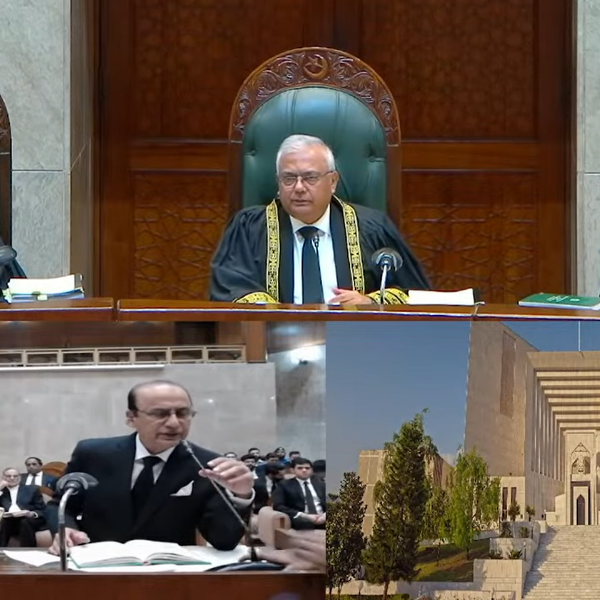

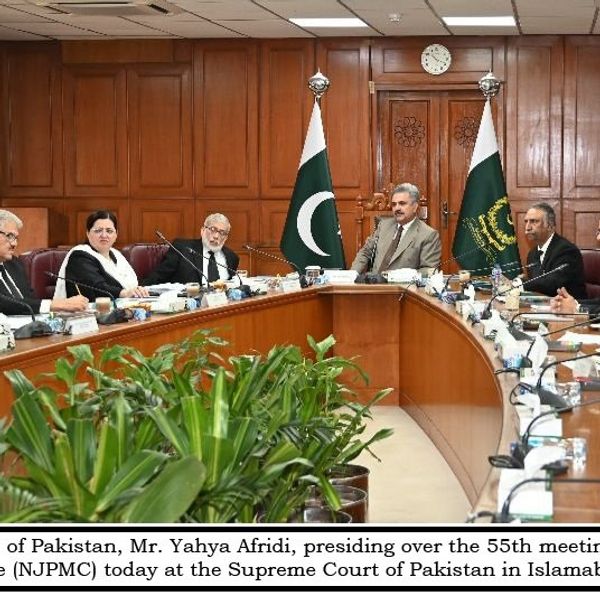
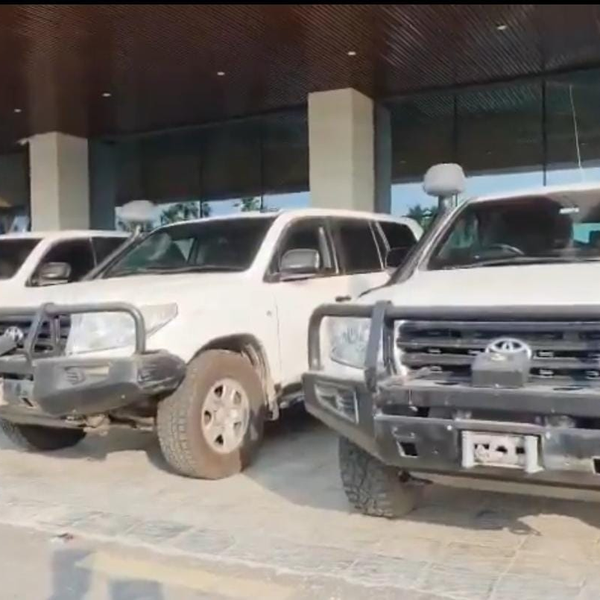

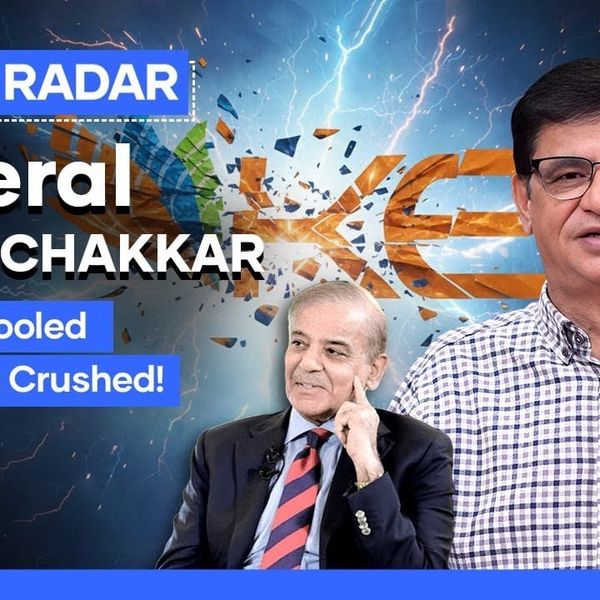
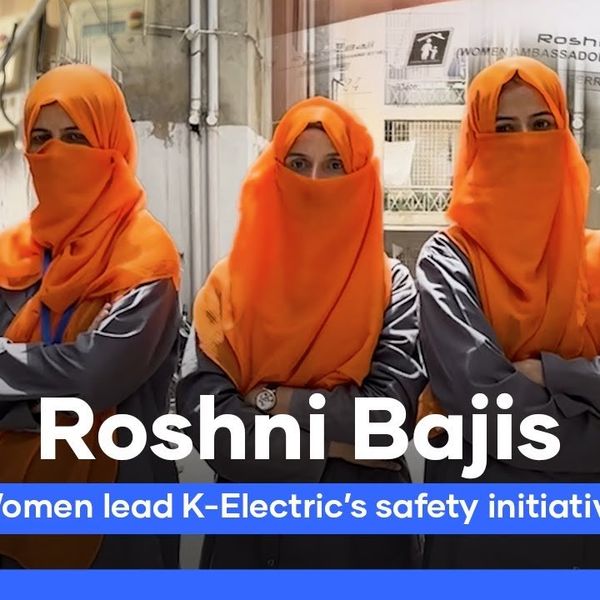

Comments
See what people are discussing